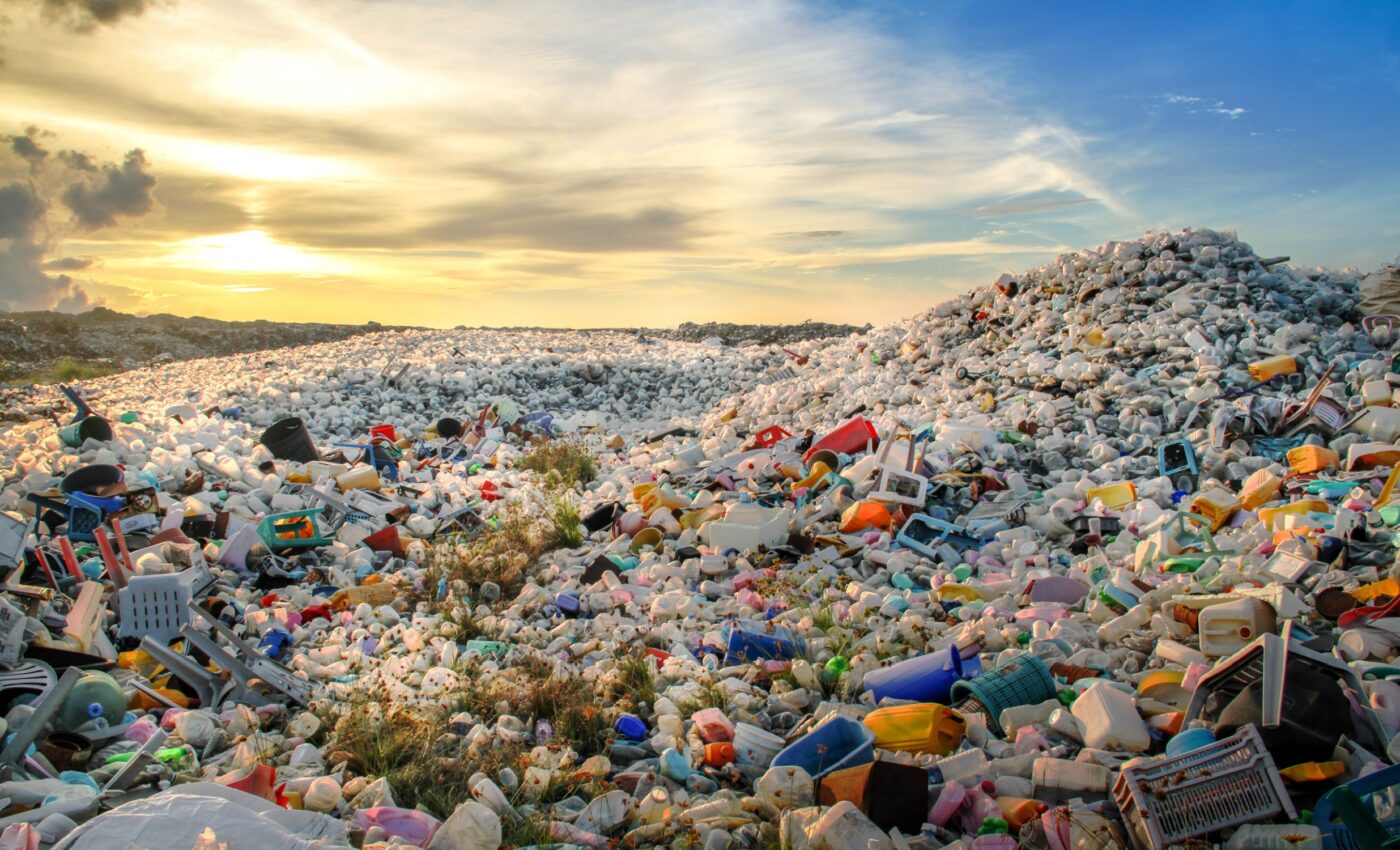
Plastic pollution emissions now measured using global standard
Scientists have developed a framework for measuring plastic pollution emissions, similar to the global standard for measuring greenhouse gas emissions.
The research team, led by Alice (Xia) Zhu and Assistant Professor Chelsea Rochman at the University of Toronto (U of T), say the approach will boost identification of the biggest contributors to plastic pollution from local to national levels.
In addition, it should improve strategies developed to reduce plastic pollution and emissions worldwide.
Quantifying plastic waste
The framework, published in the journal Environmental Science & Technology, arrives ahead of international discussions in Ottawa from April 23 to 29.
Led by the United Nations’ Intergovernmental Negotiating Committee on Plastic Pollution, the goal of the conference is to develop a legally binding global agreement on plastic pollution.
“Assigning responsibility for the pollution to a jurisdiction with the ability to enact laws means there is no hiding where the pollution came from,” said Zhu. “It presents an opportunity to identify major sources of plastic pollution within the area and inform measures to curb these emissions.”
Adapting greenhouse gas emissions guidelines for plastic pollution
Zhu and colleagues at U of T and the Rochester Institute of Technology (RIT) took inspiration from guidelines for compiling emissions inventories of greenhouse gases established by the Intergovernmental Panel on Climate Change.
They adapted the methodology for physical differences between greenhouse gases and solid pieces of plastic. This was done in three steps:
- Identifying major pollution-generating activities in a particular area.
- Calculating the amount of pollution generated by each activity within a given period.
- Accounting for uncertainties associated with each source of pollution-generating activity.
“Our goal was to develop an accounting mechanism or tool for measuring plastic emissions that any level of government can adopt,” Zhu said.
“But most importantly, we hope this tool we have introduced will allow the plastic field to follow in the footsteps of the climate field, where countries submit national emissions inventories to an international body such as the United Nations to track our progress towards reaching a globally defined target,” Zhu continued.
Case study reveals alarming plastic pollution emissions
To demonstrate the utility of the framework, the researchers built an emissions inventory of plastic pollution for the City of Toronto for the year 2020 drawn from publicly available data gathered through municipal litter audits and other sources.
They estimated that between 3,531 and 3,852 tons of plastic pollution were emitted from within the city’s boundaries during the period, with littering making up the largest share at 3,099 tons and artificial turf being responsible for the most emissions of microplastics at 237 tons.
“It is not surprising that larger materials – known as macroplastics, and in this case from mismanaged waste such as littering – made up the majority of the mass. But it overshadows the small stuff, microplastics,” said Rochman, a co-author of the study and Zhu’s PhD supervisor.
“Microplastics tend to be the highest by count in terms of actual pieces. This suggests that policies relevant to microplastics, in addition to macroplastics, are critical to reduce plastic emissions in the City of Toronto,” Rochman concluded.
Call for global application of the framework
Zhu said emissions inventories of plastic pollution must be a foundational piece of a successful global treaty on plastic.
In addition, the framework should be applied to other cities, provinces and states, and countries around the world to better understand what kinds of plastic pollution are being released into the environment.
“The guidelines can be applied to regions worldwide, regardless of what kinds of sources are there,” Zhu said. “Each geographic region will have different characteristics and the inventory will allow for the development of solutions tailored to that specific region.”
New measuring stick for plastic pollution emissions
In summary, the development of this crucial framework for measuring plastic pollution emissions by U of T scientists marks a significant step forward in the global fight against plastic waste.
By adapting the well-established methodology used for quantifying greenhouse gas emissions, the researchers have created a powerful tool that can be applied worldwide to identify major sources of plastic pollution and inform targeted reduction strategies.
As the international community prepares to negotiate a legally binding global agreement on plastic pollution, the adoption of this emissions inventory approach will be crucial in establishing a foundation for setting and achieving pollution reduction targets.
The Toronto case study serves as a compelling example of the framework’s utility, highlighting the alarming levels of plastic waste leaking into the environment and the need for comprehensive policies addressing both macro and microplastics.
As more cities, provinces, and countries embrace this methodology, tailored solutions can be developed to tackle the unique challenges faced by each region, ultimately bringing us closer to a cleaner, healthier planet.
The full study was published in the journal Environmental Science & Technology.
—–
Like what you read? Subscribe to our newsletter for engaging articles, exclusive content, and the latest updates.
Check us out on EarthSnap, a free app brought to you by Eric Ralls and Earth.com.
—–













